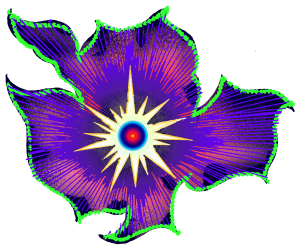.. using [the] analogy of past, present, and future, with a lunar eclipse, the Moon, the past is temporarily blotted out by the present. With a solar eclipse, either one, the Sun, is temporarily blotted out by the past, and it’s registered in the present.
Melanie Reinhart, “Eclipses” in The Node of the Moons
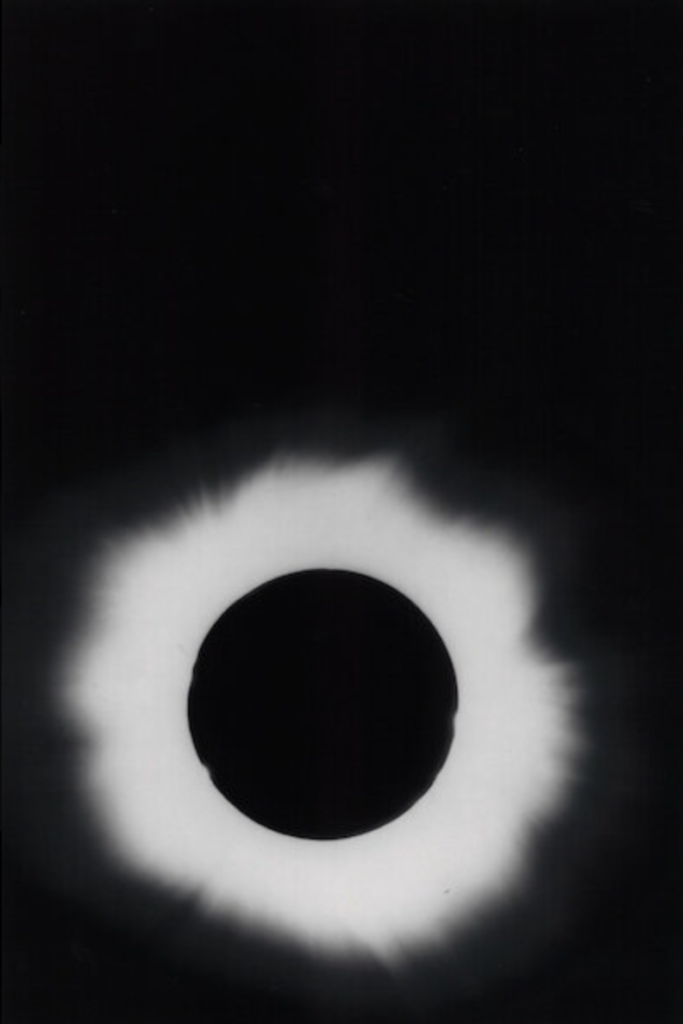
Oh, eclipses. As a phenomenon, we witness this transit better than any other planetary motion in the sky. We, earthlings, are gripped with wonder, terror, and mystery. Eclipses get associated with historical events (fall of empires and leaders) and natural world lore (bioluminescent creatures rise from the depths, some animals, despite their circadian rhythm tuck their young away in anticipation of nocturnal predators.) As an image, the eclipse in paintings and photography is as ubiquitous as being in the right region standing under the darkening of the skies. Symbolically, eclipses either herald a rupture or materialize the culmination of a destiny narrative: The partial darkness engulfs the target, and assassinations get thwarted. Infrastructures at the cusp of innovation receive blessings. There is an expression of grief over prophesied deaths; a community rejoices over the arrival of a foreseen leader. Kikuji Kawada, whose image is used as the cover of this article, talks about the making of his series The Last Cosmology: “The millennium was approaching and the Showa period was reaching its end [with the death of Emperor Hirohito in 1989]. The last annular solar eclipse visible in Showa Japan seemed like a strong image to add to those I’d been collecting. It became a “last” image.”
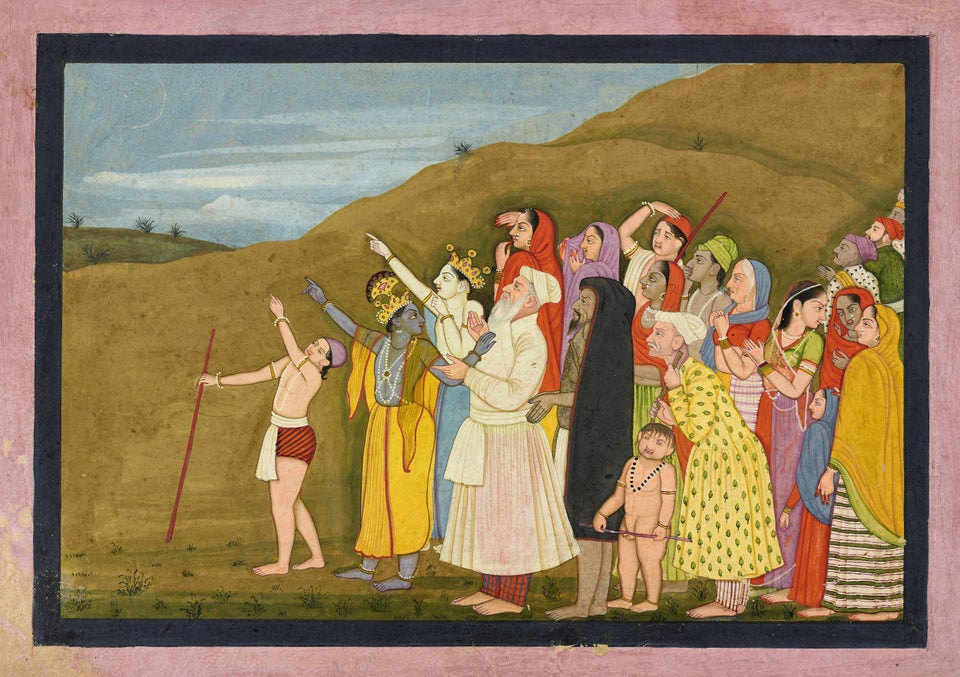
Paradoxically, blindness as a theme begets the production of inner vision. The return to a previous eclipse occasion rectifies the rupture of that time. Interestingly so, these events often belong to a family of eclipses called the Saros cycle. A current eclipse may reveal the cause of fissure in the fabric of one’s history (i.e., a traumatic event) that is attached to a previous eclipse season. Psychological thrillers linger on the scene of an eclipse as a plot story arches over the theme of rectification and the evolution of justice.
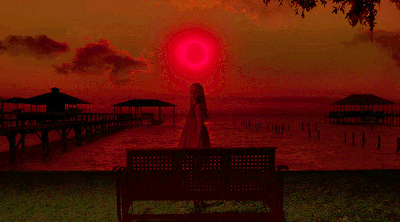
Considering astrology, you would think that every new moon calls for a solar eclipse and a lunar eclipse for every new moon. A lunar eclipse happens only at a Full Moon as the Sun and Moon stand in opposition, with the Earth “in between” them casting a shadow over the Moon. Astrologically, the Sun conjuncts the Moon at a New Moon phase. Astronomically, solar eclipses take place when the Sun and the Moon align at the face of the Earth. Depending on the Moon’s position in its elliptical orbit, solar eclipses are either annular or total. A couple of eclipse pairs normally occur once a year because of the five-degree tilt of the Moon’s orbit around Earth to the plane of Earth’s orbit around the Sun.
When reading the nature of eclipses concerning our personal work, I usually place their occurrence alongside their motions within nodal points. The nodes are not planetary bodies, but specific locations where the Sun and the Moon’s orbits intersect. Melanie Reinhart sees them as wormholes that “represent the interface, entry or exchange point between parallel universes.”
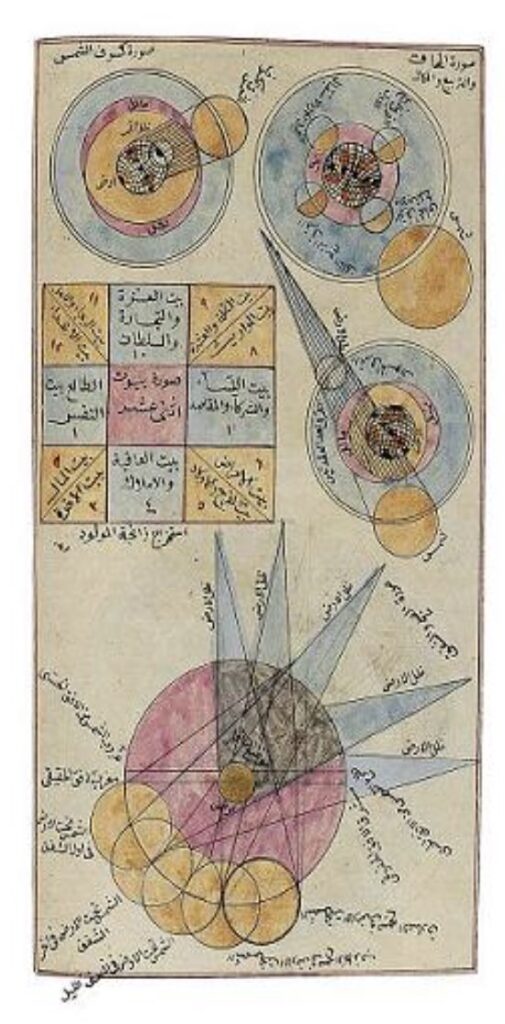
The cycles of eclipses can be read according to their position on a nodal axis. Their nodal journey takes about 19 months in the sky. For example, the solar eclipse in Sagittarius in December 4, 2021, marks the last total eclipse of the Gemini-Sagittarius nodal narrative. The nodes move into Taurus and Scorpio on 18 January 2022 – meaning, the eclipses that will occur from May 2022 to October 2023 play out another theme and a focus different from the last two years of eclipses. Eclipses activate the nodes. Alas, let’s get back to the general nature of eclipses.
A friend asked for astro scoop: “Ok, so there’s an eclipse the night before my birthday… what does that mean???” In some societies, they’d take out their pans and gongs to chase the bakunawa away, believing this dragon-like entity causes the blotting of the luminaries’ lights. In others, pregnant women are asked to stay hidden. They are afraid that traipsing under an eclipse would yield insanity or “dark skin” to the unborn. But that’s another problem with superstitions that fosters ableism we have to address another time. If you are familiar with your chart, find the house of the sign where eclipses are moving through. Should there be planets in those houses, I’d keep them to 4-5 degrees orb to anticipate significant encounters with the eclipses. Having a birthday under the eclipse is as essential as any transits affecting your natal placements. However, the rule of thumb in dealing with eclipses is really to avoid distractions lest you accidentally step into a waking dragon’s lair!
Eclipses highlight stories in our lives. Working with lunations, for example, tracks the unfolding of our aspirations to offer from inside ourselves and the approaches we take and adjust when encountering something that happens for/to us. In the case of eclipses, where powerful activations seize these stories we are participating in, we look to them as windows of time. This is not a “Mercury retrograde” experience (as a general rule, you may want to redirect blame on shit hitting the fan from the skies being “out to get you” to your bad habits and poor sense of planning). Energetically, eclipse seasons can kick up the dust at the places of our subconscious where we thought have settled. Endings may happen before our eyes, perhaps escorting a release we didn’t think we’ve been mustering up the courage for. These are periods where we can’t lean into our tight hold on life. Intentions and making spells are tricky, but getting to know the nooks and crannies of your interiors can give you answers to the sacrifices you’ve made to become who you are presently.
Following the allegorical code of the Moon as one’s past, the Sun as the future, and the Earth as the present, eclipses can follow the grammar of Dane Rudhyar: “At the new moon solar eclipse, the present is blotted out by the past, while at the full moon lunar eclipse, it is the past which is obscured and can be released.” On such occasions that an impending sense of judgment washes over our understanding of control, it’s best to surrender in humility: a poignant act of the lunar consciousness. The light shines in places other than where the shadow is cast. “An important choice [may be offered], in the wake of an ending.”

